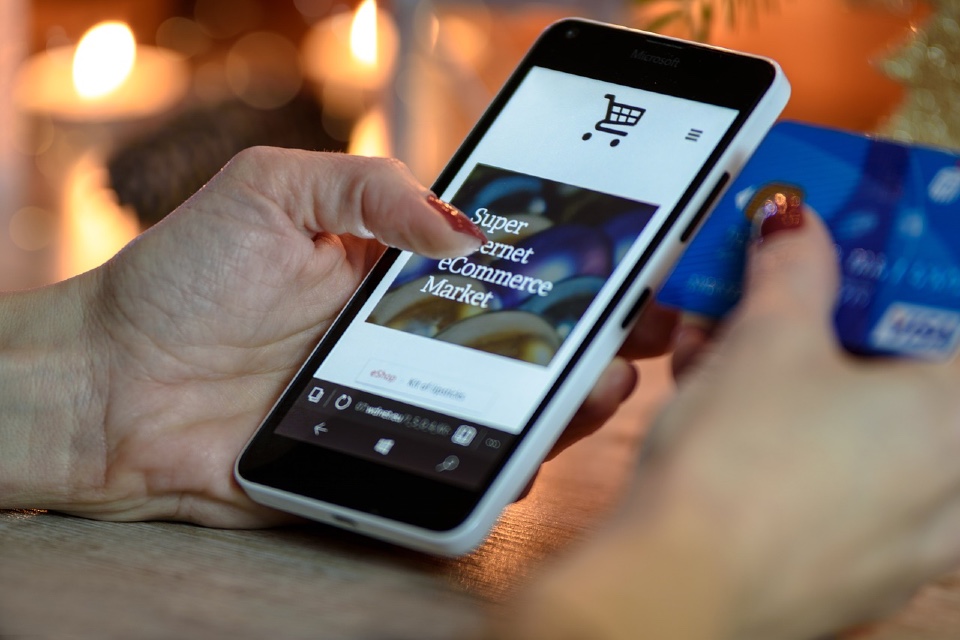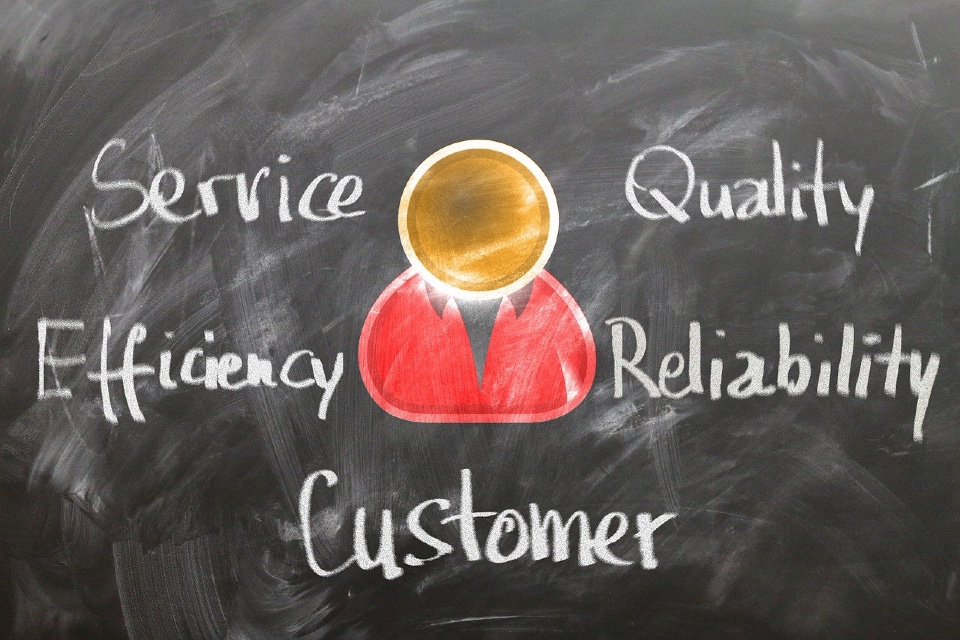Top ten PR and marketing tactics to help retain e-commerce customers
In 2022, the UK was expected to have almost 60 million e-commerce users — leaving only a minority of the population as non-digital buyers. As such, e-commerce has undeniably become the norm for shoppers everywhere in the UK, resulting in an increasingly competitive environment.
With this in mind, and following a 7,900% increase in monthly searches for “customer retention” over the last three years, PR and communications specialists Wild PR, has shared ten ways e-commerce business owners can build excellent customer relations and retain existing customers to maximise return sales and up-sells…
Define your target client personas
In order to retain customers, you need to ensure your strategy is formed on attracting the right people and getting a comprehensive understanding of their needs, goals and objectives.
Clarify your perfect target audience and personas by researching the current industry landscape and competitor profiles, as well as listening to your current customers so you can define your tone of voice to best engage with them. This will allow you to appeal to the right clients for your business.
Embed your brand purpose
When choosing brands to do business with, today’s consumers are more interested in the impact that brands have on the world than just what products or services they offer. To take your brand to the next level, you need a mission statement that resonates with your audience.
Brand purpose is essential because it shows customers that you’re more than just a product, service or advertising campaign; you have a larger goal, and it’s not just about making a profit.
Make customers feel appreciated and valued
This is often as simple as saying thank you. Express your thanks with a special written note or a coupon for their next visit in their delivery or via their order confirmation. This is a way to remind them again that they made the right decision in doing business with you.
Go the extra mile
Why not send a Happy Birthday or customer anniversary offer as a show of appreciation for your customer’s loyalty?
Maximise the use of data from your CRM to identify the best possible times to interact with your customers. Whether it’s their birthday, their anniversary of becoming a customer with you, their pet’s birthday or perhaps their wedding anniversary, there are multiple opportunities to show your customer how much you appreciate them.
This may be an email with a discount for their order, or you could send them an unexpected sample gift in the post with an offer code allowing for potential appreciation posts on their social media platforms, which could, in turn, generate customer referrals. Win-win!
Ask for feedback
How can you improve your customer service if you don’t ask them what they think? Surveys and other means of gathering feedback can help you to learn what your customers enjoy and where improvements can be made.
You can even incentivise this by providing a discount code for everyone who completes the survey as a token of thanks, which could result in increased orders.
Value honesty and integrity
As a business, it is crucial always to have a culture of honesty and integrity. Refrain from blaming the customer if something goes wrong with your product or if something is missing from an order and you still need to meet the customer’s expectations.
While the issues might be out of your hands, or it might indeed be the customer’s fault, find a way to fix the issue as quickly as possible and promptly respond to complaints politely and professionally.
If communication is being undertaken on social media pages, look for a way to take the communication privately to minimise the chances of the post showing in potential customer feeds.
Engage in two-way communication with customers
Two-way communication between brands and consumers is beneficial for both parties. Social media platforms, in particular, have made it easy for companies to connect with their customers so they no longer feel like strangers.
Make sure to respond to consumer feedback or questions, as failing to do so can create a sense of distrust, or potential customers could view you as being inactive and, as such, risk the loss of orders.
Building a community online
As part of the buyer journey, consumers are often primarily looking to learn more about a company’s products or services before making their purchase decision.
By building a strong online community that aligns with your business, you can strengthen brand loyalty and attract new customers. Companies can easily achieve this by providing educational content for customers through newsletters, forums, videos, blog posts, and even whitepapers.
Digital PR and Traditional PR
Customers who see a company being talked about in positive news stories are more likely to feel secure about their buying decisions when purchasing from the business.
Traditional PR, such as company announcements, product launches, thought leadership or commentary on relevant topics, can boost credibility when it comes to retaining and attracting clients.
While Digital PR can help drive referral traffic through an element of link building, helping your site rank higher in search engine results pages (SERPs). This tactic helps get you in front of new customers, reminds lapsed customers about your brand, and makes loyal customers advocate for your brand. All tactics that help increase sales.
Hire a PR agency to manage communications
Hiring a PR agency can help brands stay ahead of the curve and reach a much wider audience.
Usually, the agency would work alongside internal marketing teams or directly with CEOs and business owners to promote an e-commerce brand’s products and services while positioning them as the best option in the market.











